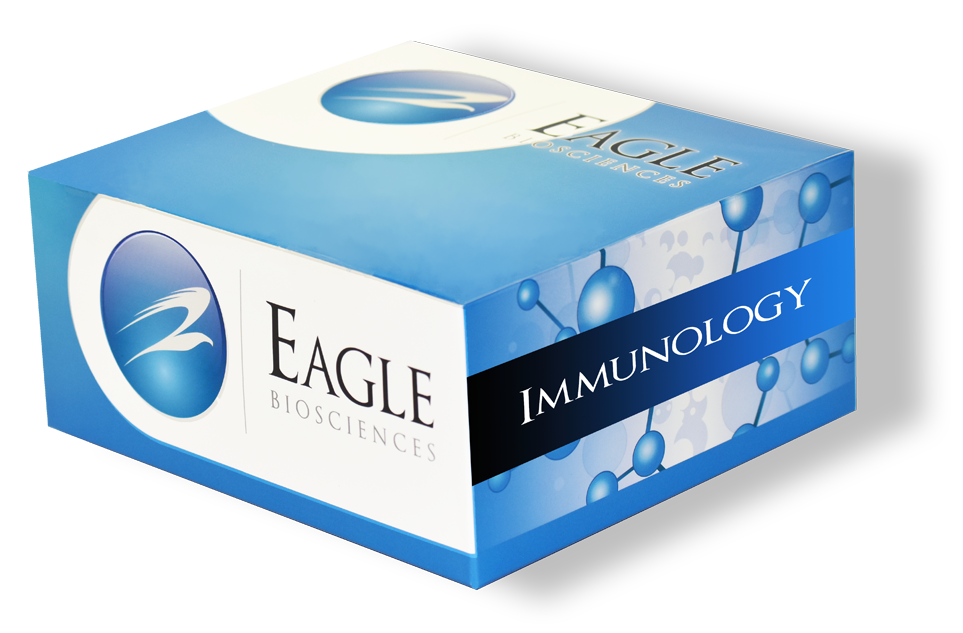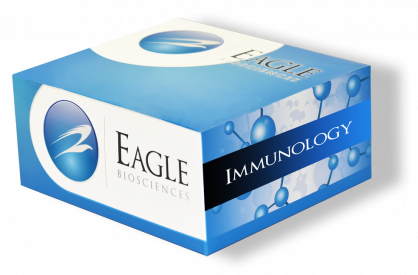High Sensitive Rat IgG ELISA Assay
The High Sensitive Rat IgG ELISA Assay is For Research Use Only
Size: 1×96 wells
Sensitivity: 0.8 pg/ml
Dynamic Range: 1.56-100 pg/ml
Incubation Time: 3.5 hours
Sample Type: Serum, Plasma, Cell culture Supernatants
Sample Size: 100 µL
Alternative Names: hs Rat IgG ELISA
Assay Background
Antibodies are major components of the immune system. IgG is the main antibody isotype found in blood and extracellular fluid allowing it to control infection of body tissues. By binding many kinds of pathogens—representing viruses, bacteria, and fungi—IgG protects the body from infection. It does this via several immune mechanisms: IgG-mediated binding of pathogens causes their immobilization and binding together via agglutination; IgG coating of pathogen surfaces (known as opsonization) allows their recognition and ingestion by phagocytic immune cells; IgG activates the classical pathway of the complement system, a cascade of immune protein production that results in pathogen elimination; IgG also binds and neutralizes toxins. IgG also plays an important role in antibody-dependent cell-mediated cytotoxicity (ADCC) and intracellular antibody-mediated proteolysis, in which it binds to TRIM21 (the receptor with greatest affinity to IgG in humans) in order to direct marked virions to the proteasome in the cytosol. IgG is also associated with Type II and Type III Hypersensitivity. IgG antibodies are generated following class switching and maturation of the antibody response and thus participate predominantly in the secondary immune response. IgG is secreted as a monomer that is small in size allowing it to easily perfuse tissues. It is the only isotype that has receptors to facilitate passage through the human placenta, thereby providing protection to the fetus in utero. Along with IgA secreted in the breast milk, residual IgG absorbed through the placenta provides the neonate with humoral immunity before its own immune system develops. Colostrum contains a high percentage of IgG, especially bovine colostrum. In individuals with prior immunity to a pathogen, IgG appears about 24–48 hours after antigenic stimulation.


